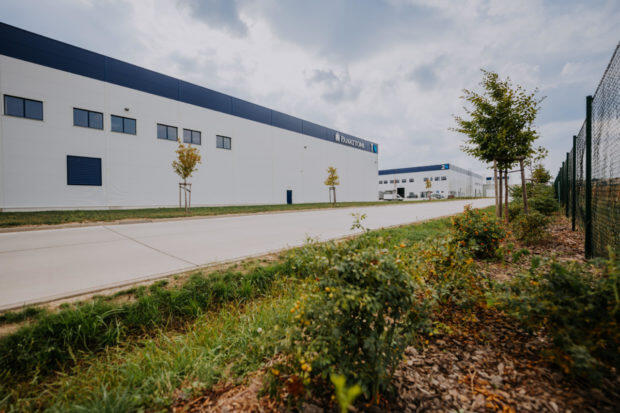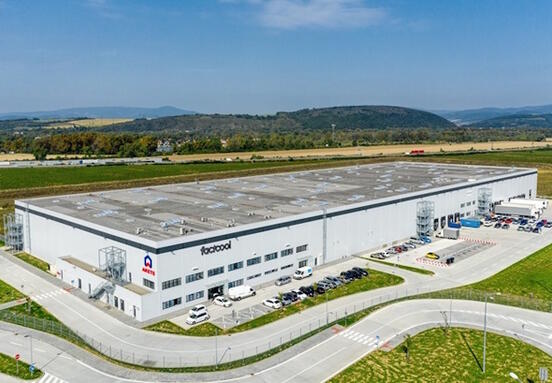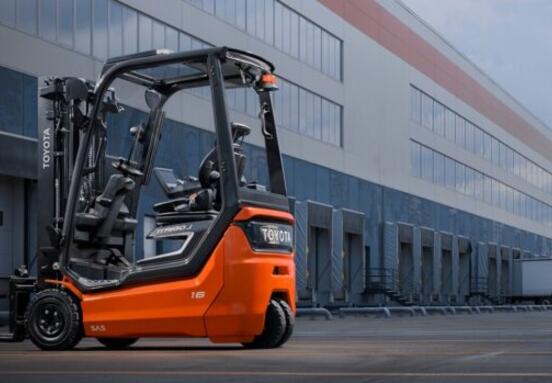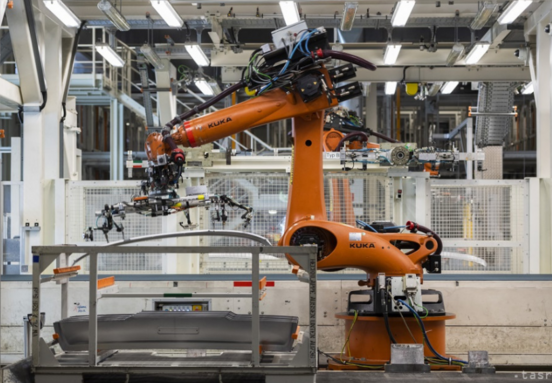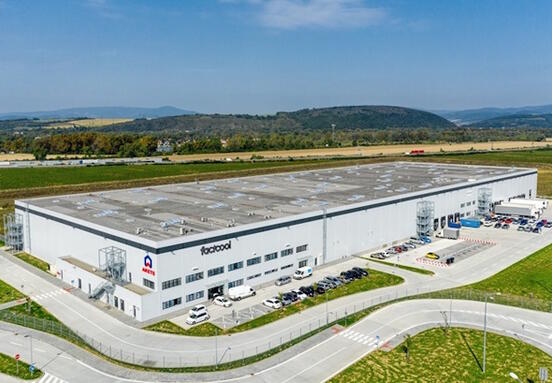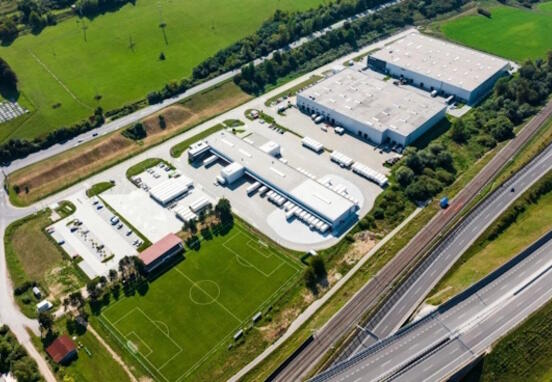"The sustainability of buildings is not only a trend, but also a necessity. It is our responsibility towards the planet, which also has economic implications. Sustainable buildings may be more difficult to construct, but the investment will return in lower operating costs and energy efficiency. In industrial development, BREEAM certification has already become a standard in Slovakia, and clients demand it. Nowadays, the success of a project is determined by the lowest possible carbon footprint of the building," explains Erik Ivaničko, director of Panattoni Slovensko.
The construction and operation of buildings is responsible for 36 percent of greenhouse gas emissions in the EU. According to European Commission documents, buildings are responsible for approximately 40 percent of energy consumption. In addition, the bound carbon is reflected in the CO2 footprint of the final product. Fixed carbon in the mentioned buildings even contributes to 11 percent of CO2 emissions.
The energy efficiency of buildings is becoming a priority and the European Commission is already investigating the possibilities of including emissions from buildings in the European system for trading emissions EU-ETS. The increase in the cost of operating inefficient buildings can be liquidating for many companies due to the purchase of emission permits. Every company should calculate and verify whether its current operation and especially production and logistics properties are ready for this future.
The carbon border adjustment mechanism will fundamentally change supply chains, where all production will have to move closer to the customer. This, of course, also applies to companies from the automotive industry. Either the car companies themselves, but also the suppliers of various parts and accessories.
Panattoni already has several partnerships in Europe with big names associated with the automotive segment. An example of supporting the sustainable automotive industry through green buildings is the Panattoni Park Bielsko-Biała IV project with an area of 33,200 m2, which is available to the Italian company Cornaglia Group - a manufacturer of components for the automotive industry, as well as construction and agricultural machinery and other machines. The company is developing its business in Poland, and the construction of Panattoni has allowed it to expand its activities in the region.
Panattoni is also behind the manufacturing plant for Ideal Automotive - a manufacturer of interior parts and vehicle components, including fabric trim and noise dampening components, for dozens of car brands including Mercedes-Benz, BMW, Audi, Volvo, McLaren, Lamborghini, Bugatti and Porsche.
An interesting example is also Panattoni Park Cheb, whose more than 30,000 m2 area is used by Autodoc, one of the largest European online suppliers of automotive parts and accessories. The product portfolio of this German company, already operating in 26 countries, includes approximately 4 million products from 1,400 manufacturers of 166 passenger cars, 23 trucks and 154 motorcycle brands.
An automated distribution center increases the efficiency of logistics with an advantageous geographical location, which also helps to reduce the impact on the environment. At the same time, it is the most modern ecological industrial property, which as the first project in the Czech Republic received an "Outstanding" rating in the field of sustainability and a record score of 90.68% according to the global BREEAM sustainability certification.
Panattoni Park Cheb South is a brownfield project on the site of former engineering plants. During the reconstruction, 90% of the construction and demolition waste was recycled. The first building, tenanted by Kaufland eCommerce Fulfillment, received the highest degree of sustainability certification "Outstanding" and a record score of 90.68% according to the global BREEAM sustainability certification, making it the greenest industrial building in the world.
In addition to the construction of its own buildings, Panattoni is also involved in the revitalization of older projects, which are subsequently modified to meet even more the new trends in ecological construction. An example can be the recent purchase of the industrial park of the Honda car company in the English city of Swindon.
It is true that sustainable construction requires a higher initial investment, but it brings added value to clients. This is also perceived by tenants and investors, who are willing to pay more for certified and ecological buildings.
"We believe in more environmentally friendly behavior and this is also reflected in our construction. Last year, for example, we were the very first builder of industrial halls to introduce BREEAM New Construction certification at the Excellent level as a standard for all new projects we build in Europe. At the same time, this year we are starting to offer the calculation of the operational CO2 footprint and recommendations for its compensation to all clients," adds Erik Ivaničko.
